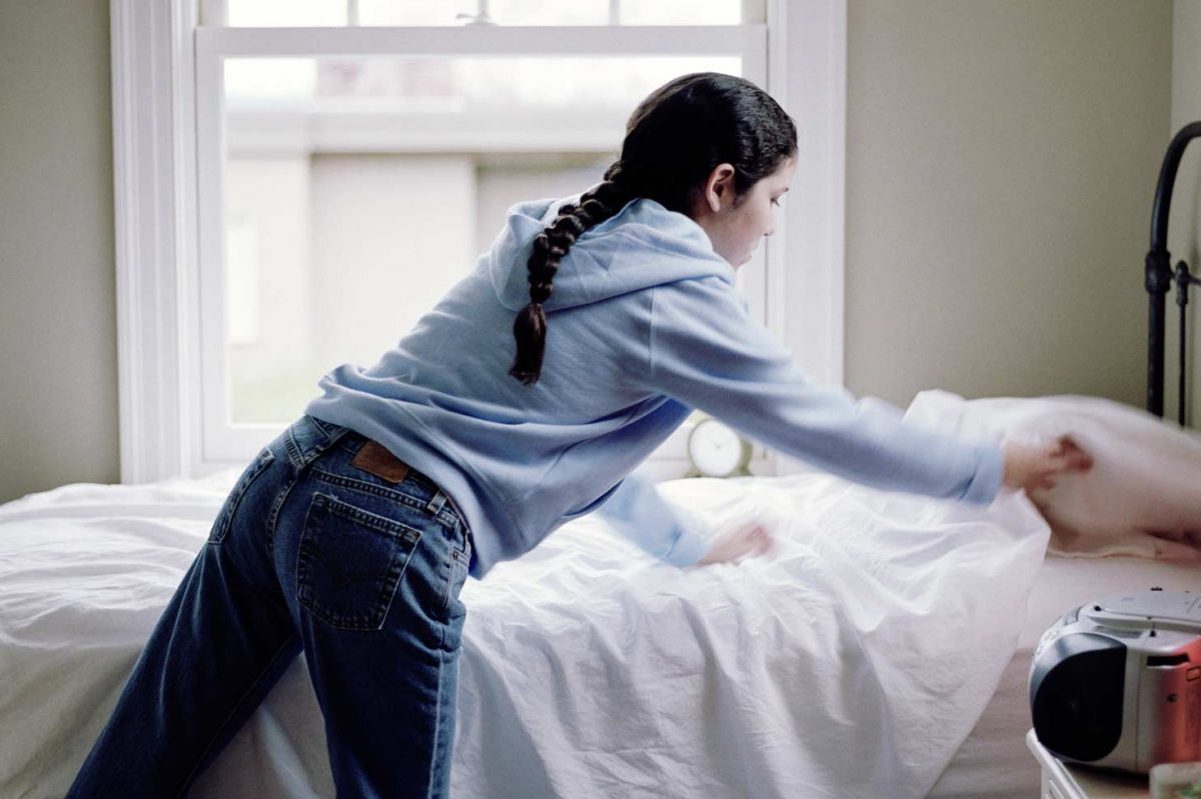Test anxiety is a common issue that many students face, affecting their performance and overall well-being. As parents, it’s important to recognize the signs of this anxiety and find effective ways to help your child manage it. Among various techniques, PowerPoint games have emerged as a creative and engaging method to help students learn material in a fun, less pressurized environment.
Use PowerPoint Games
Incorporating PowerPoint games into study sessions can transform a stressful activity into a more enjoyable and interactive experience. These games can be used to review material, practice test questions, or memorize facts. By turning learning into a game, students may feel less anxious and more motivated to engage with the content. You can create simple quiz-style games or use templates available online to customize your own.
Establish a Routine
One of the best ways to combat anxiety is to establish a predictable study routine. This helps create a sense of control and reduces uncertainty, which are common triggers for anxiety. Encourage your child to study in chunks over several days rather than cramming, and ensure they have a quiet, comfortable place to study. Consistency can make a huge difference in how they perceive and handle test pressure.
Encourage Healthy Habits
Physical well-being significantly impacts mental health. Encourage your child to get enough sleep, eat balanced meals, and exercise regularly. Physical activity, in particular, is excellent for reducing stress and improving mood. It’s also crucial to have downtime and relax, so ensure your child takes breaks and does activities they enjoy.
Teach Relaxation Techniques
Teaching your child relaxation techniques can be a game-changer. Simple practices like deep breathing, meditation, or progressive muscle relaxation can help calm their mind before and during tests. You can practice these techniques together, making it a bonding activity that also sets a calm example.
Practice Visualization
Visualization is a powerful tool for combating anxiety. Encourage your child to visualize success before a test, imagining themselves answering questions confidently and feeling prepared. This positive mental rehearsal can boost their confidence and reduce anxiety by mentally preparing them for the test environment.
Set Realistic Expectations
It’s important to help your child set realistic expectations for their performance. Stress the importance of effort over perfection and remind them that it’s okay not to know every answer. This can alleviate the pressure to perform perfectly, which is often a major component of test anxiety.
Offer Supportive Feedback
Providing supportive and constructive feedback is crucial. Focus on the effort your child is putting into their studies rather than just the outcomes. Celebrate their successes, no matter how small, and constructively discuss what could be improved, ensuring they know you’re proud regardless of the outcome.
Create Mock Tests
Creating a mock test environment at home can help demystify the testing process and reduce anxiety. Use actual test formats and time constraints to simulate the test day experience. This practice can help your child get used to the pressure of timed tests in a controlled and supportive environment.
Learn from Mistakes
Help your child see mistakes as learning opportunities. Reviewing what went wrong on previous tests without judgment or disappointment can help them approach future tests with a more positive mindset and less anxiety. Understanding that mistakes are part of learning can reduce the fear of failing.
Open Communication
Finally, keep the lines of communication open. Talk to your child about their fears and reassure them that it’s okay to feel anxious. Discuss what’s on their mind and help them put their worries into perspective. Sometimes, just knowing that someone understands and supports them can significantly reduce test anxiety.




